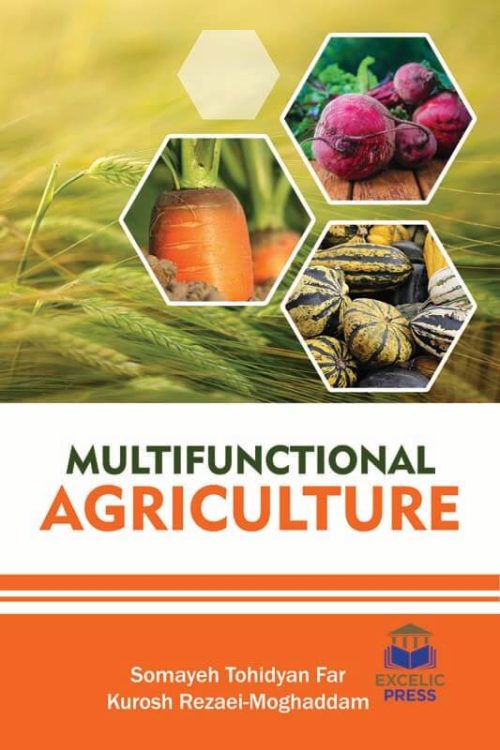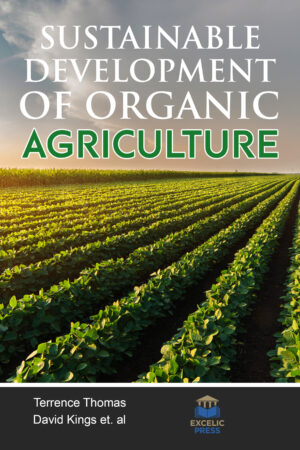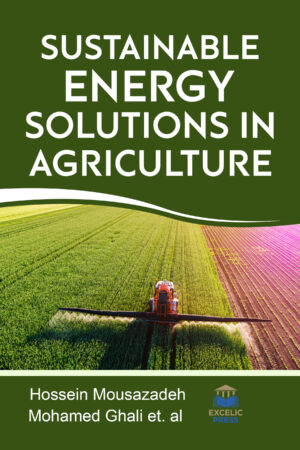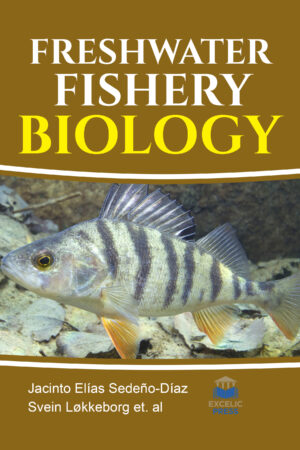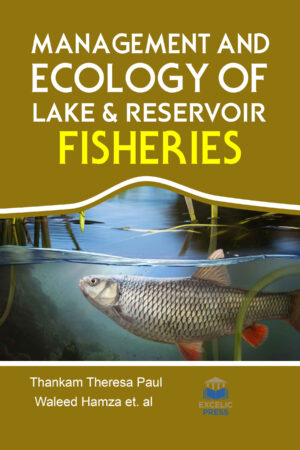Description
In the last few decades, sustainable and rapid economic growth and development has been one of the important priorities of policymaking in different countries while considering both developed and developing countries. Over time, dramatic changes have occurred in the agricultural system. Changes that agriculture has intimate with over thousands of years are elementary, and even “revolutionary.” Historical examples of agriculture from around the world would suggest that as land use, agriculture is inherently multifunctional, offering a number of public benefits beyond the provision of commodity outputs. In this period, the theory of modernization as the basis for agricultural development was the basis for activities and it was assumed that agricultural development would take place through the movement of traditional and livelihood agriculture to modern and commercial agriculture. Urban and peri-urban farms offer unique potential for strong multifunctionality, and their location near dense population centers could improve the successful transfer of benefits from these agricultural activities Agriculture has a direct effect on our environment, so understanding what goes into it is important. Conclusively, organic farming is a form of agriculture that relies on ecosystem management and attempts to reduce or eliminate external agricultural inputs, especially synthetic ones.
This book brings together world-wide experts in their respective fields to investigate what multifunctionality of agriculture means in practice, how it counter to the needs of society, how it can be developed through legal actions and public policies. The book opens with a chapter that aims to compare and analyze agricultural transition periods in order to provide a new framework for agricultural development. Considering the foreseeable future, an innovative or knowledge-based economy will substitute the obsolete economy. In that respect, the agriculture sector must adapt to these alternations in order to cope with the posed challenges. Multifunctional agriculture seems to be an enhanced alternative in which entrepreneurship is at the center of it. This book aims at shedding light on the annals of organic farming and at defining its past and present meaning. Low-profile makes an attempt was created within the half of the last century once it involves organic farming. Organic farming has been established as a promising and innovative technique of meeting agricultural desires and food production in relation to the property. Today, organic farming is a legitimate system due to its history and evolution of practices, and rules and regulations. Despite the growing interest in urban agriculture, urban planners and landscape designers area unit typically unequipped to integrate food-systems thinking into future plans for cities. The challenge (and opportunity) is to style urban agriculture areas to be multifunctional, matching the precise desires and preferences of native residents, whereas additionally protecting the surroundings. This book provides a review of the literature on urban agriculture as it applies to land use planning in the United States. In addition to production functions, urban agriculture offers a good vary of ecological functions (e.g., variety, nutrient athletics, and micro-climate control) and cultural functions (e.g., recreation, cultural heritage, and visual quality) that profit the near community and society as a full. In addition, the book explores on forestry projections for species diversity-oriented management and spatial distribution characteristics of agritourism consumption. The lack of understanding and definitional inconsistencies regarding agritourism and the importance of cooperation in sustaining this kind of tourism are also underlined in the literature. Barriers and constraints to multifunctional agriculture are discussed, followed by research opportunities and methodological approaches that might be used to address them. This book has implications for urban planners, landscape designers, and extension agents.

